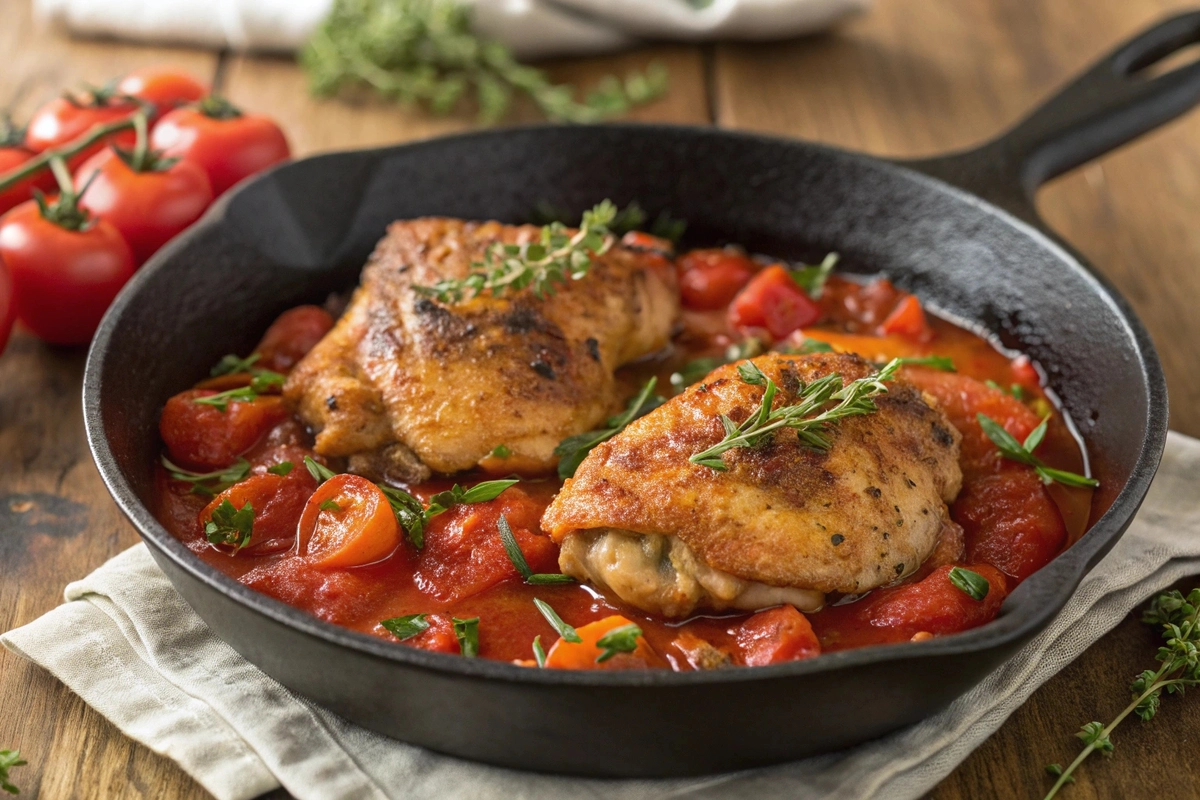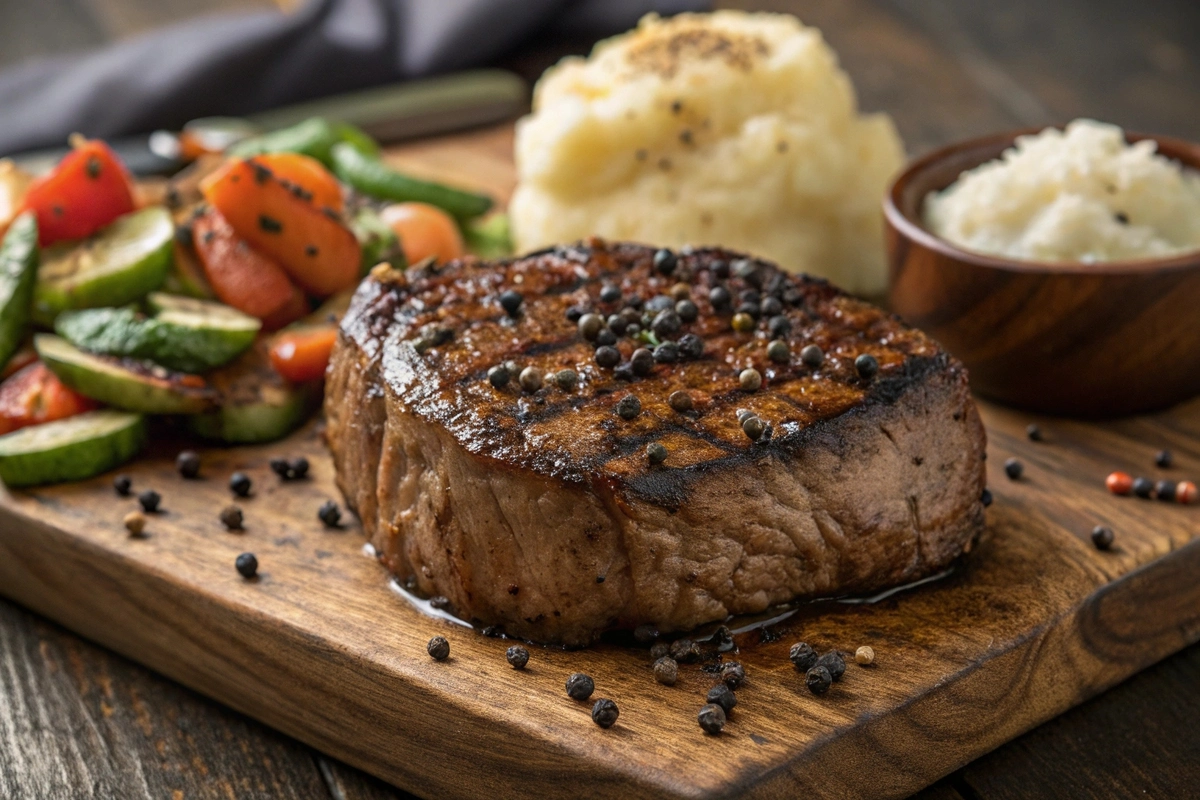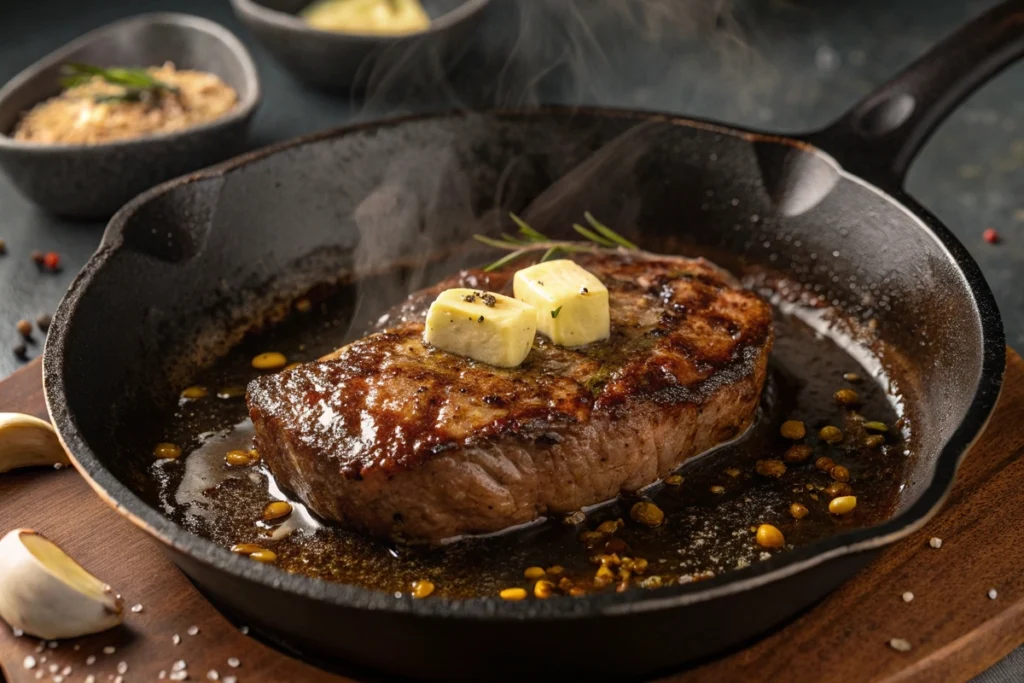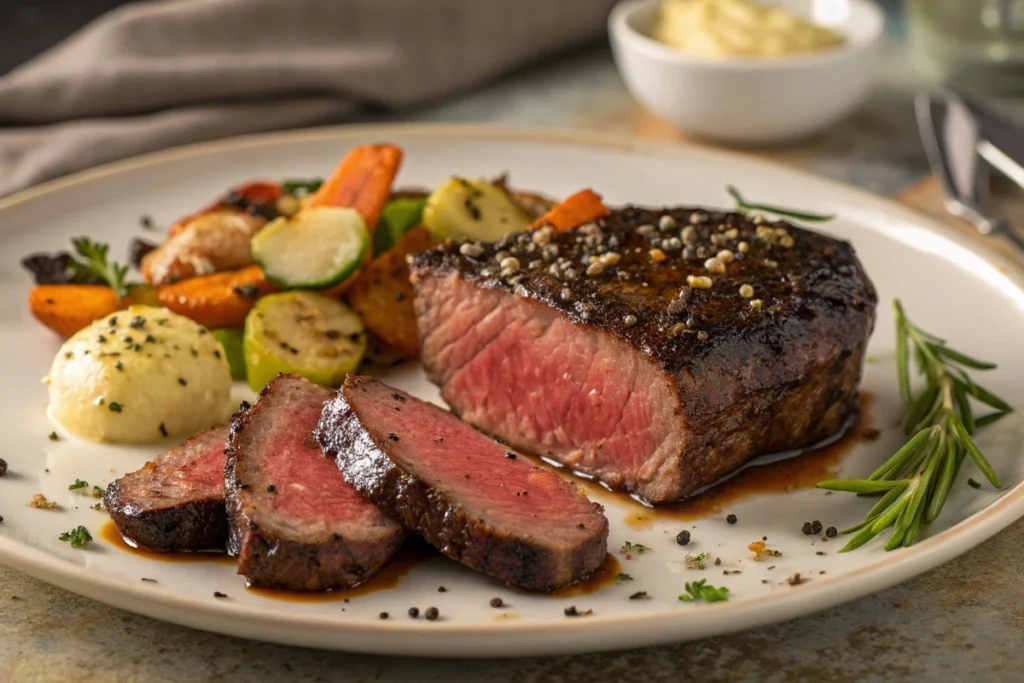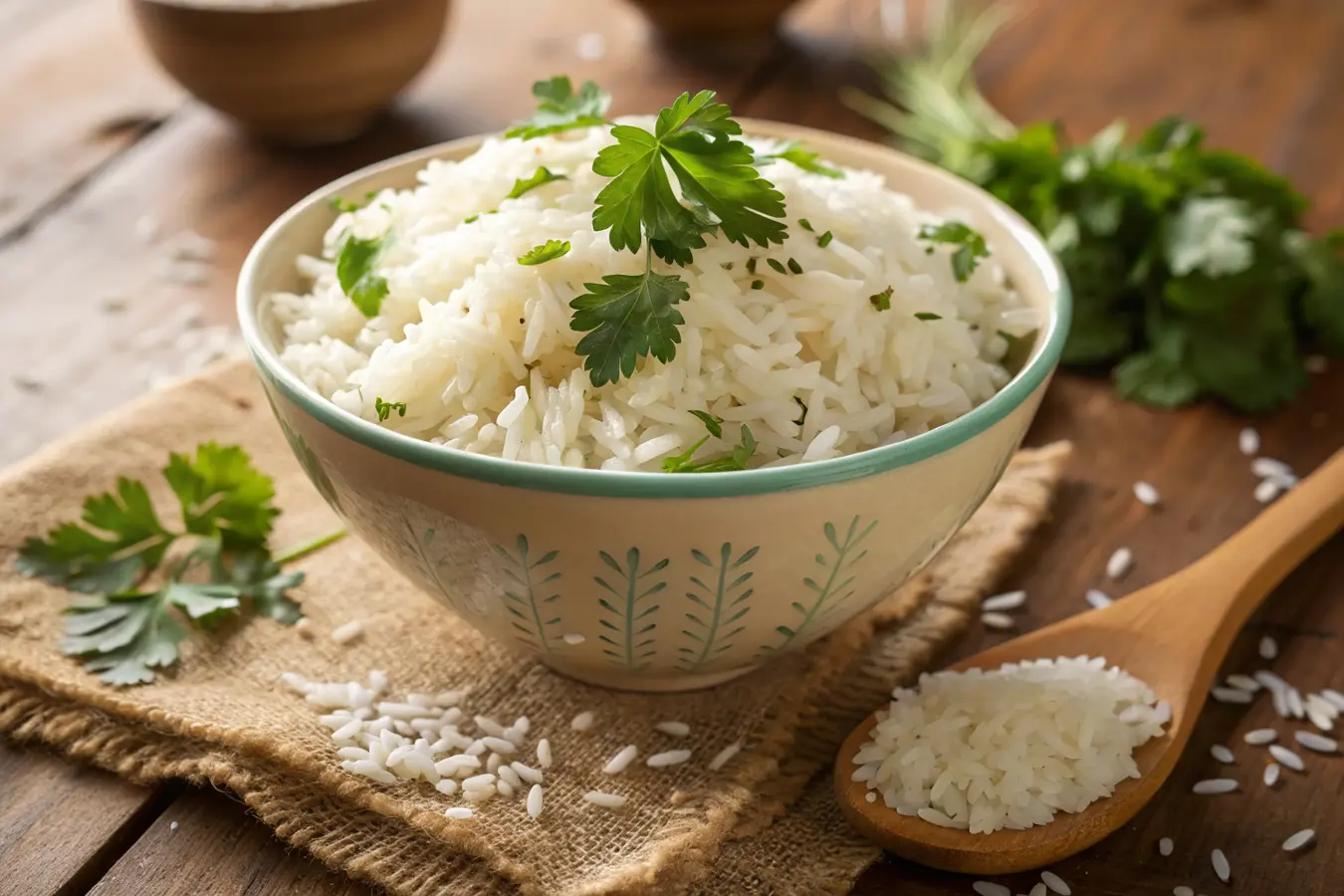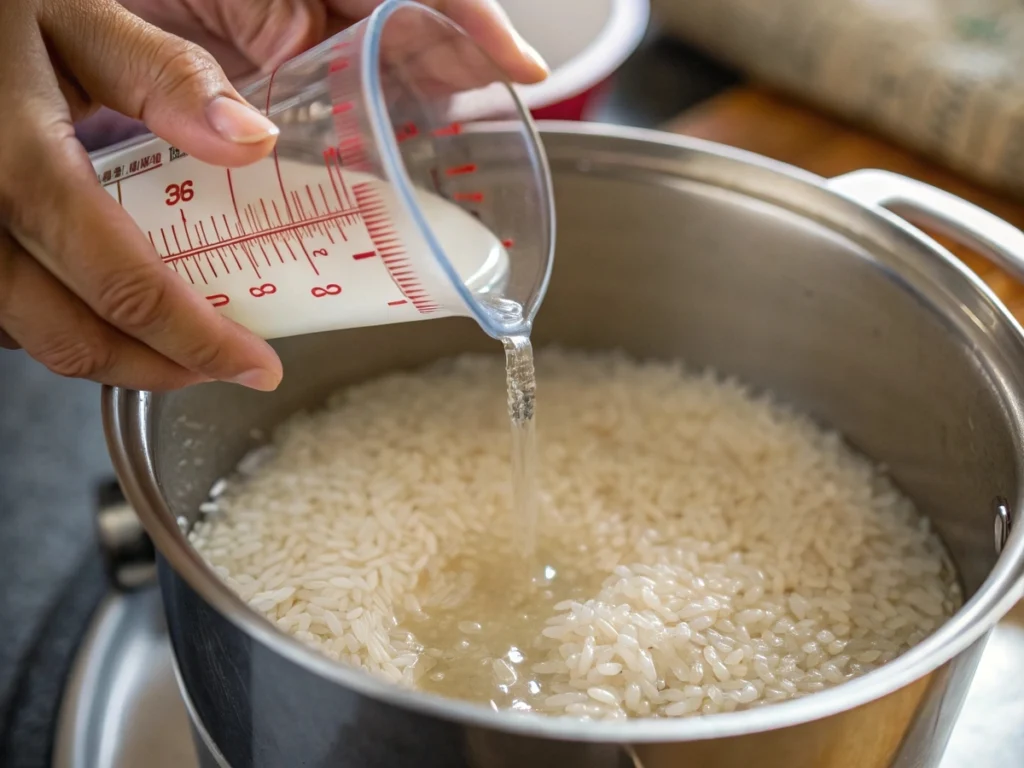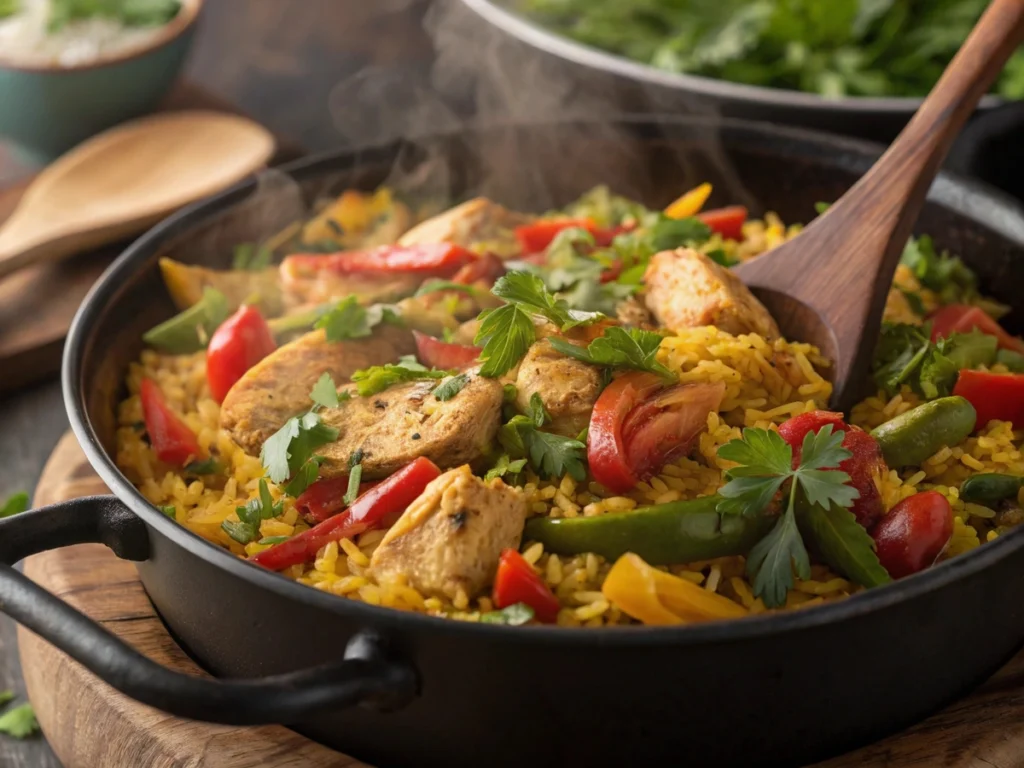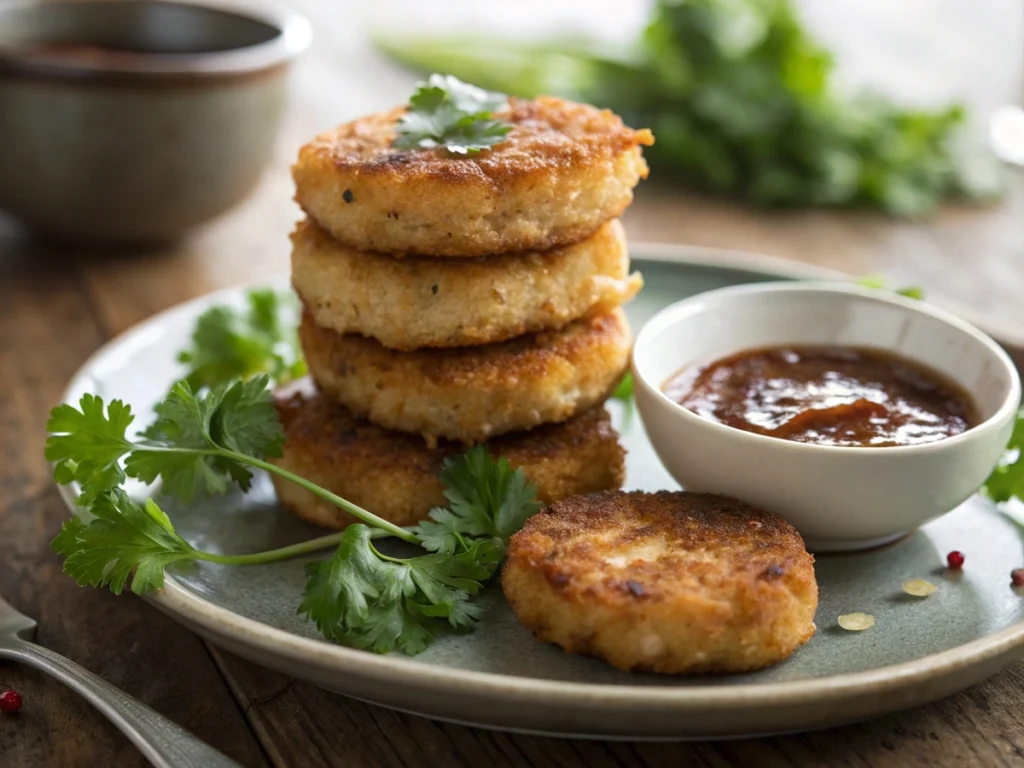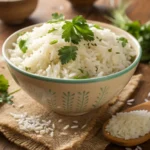Sometimes, the simplest recipes are the most satisfying. Skillet chicken thighs with schmaltzy tomatoes is proof of that! Juicy, flavorful chicken thighs meet slow-cooked tomatoes that melt into a rich, velvety sauce, all made in a single pan. The secret weapon? Schmaltz a touch of rendered chicken fat that takes the flavor to a whole new level.
Table of Contents
Why Skillet Chicken Thighs with Schmaltzy Tomatoes Are a Game-Changer
What Makes This Recipe Special?
Skillet chicken thighs with schmaltzy tomatoes isn’t just a meal it’s a flavor-packed experience that strikes the perfect balance between simplicity and sophistication. The rich, golden crust on the chicken thighs pairs beautifully with the buttery, jam-like texture of the tomatoes. This dish is all about elevating humble ingredients into something unforgettable.
What’s more, it’s a one-skillet recipe, which means fewer dishes to wash and more time to savor your meal. Whether you’re cooking for your family or impressing guests, this recipe delivers bold flavors with minimal effort. It’s comfort food with a gourmet twist, proving that good cooking doesn’t have to be complicated.
The Role of Schmaltz in Cooking
If you’ve never cooked with schmaltz before, you’re in for a treat. Schmaltz, or rendered chicken fat, is the secret ingredient that gives skillet chicken thighs with schmaltzy tomatoes its luxurious, deep flavor. As the chicken thighs sear in the skillet, their fat renders, transforming into a golden liquid that infuses the tomatoes with richness.
Not only does schmaltz enhance the sauce’s texture, but it also locks in the chicken’s natural juices, keeping every bite moist and flavorful. For those new to using schmaltz, it’s a versatile ingredient that can be used in everything from roasting vegetables to frying eggs.
The Appeal of One-Skillet Recipes
Who doesn’t love a recipe that’s as practical as it is delicious? With skillet chicken thighs with schmaltzy tomatoes, you’ll cook everything in one pan, making it perfect for busy weeknights. From browning the chicken thighs to simmering the tomatoes, every step builds flavor in the same skillet.
One-skillet meals also save time on cleanup and help retain all the delicious juices and caramelized bits. The result? A dish that’s rich, cohesive, and bursting with layers of flavor. Plus, fewer dishes mean more time to enjoy the meal with your loved ones.
Why Chicken Thighs Are the Star
When it comes to chicken, thighs reign supreme in this recipe. Unlike leaner cuts like chicken breasts, thighs stay tender and juicy even after cooking. The bone-in, skin-on variety is especially ideal for skillet chicken thighs with schmaltzy tomatoes because the skin crisps up beautifully while the bone helps the meat cook evenly.
Chicken thighs also have a natural richness that pairs perfectly with the tartness of the tomatoes and the indulgence of schmaltz. So, if you’re looking for a cut of meat that’s forgiving, flavorful, and easy to cook, chicken thighs are the way to go.
Ingredients You’ll Need for Skillet Chicken Thighs with Schmaltzy Tomatoes
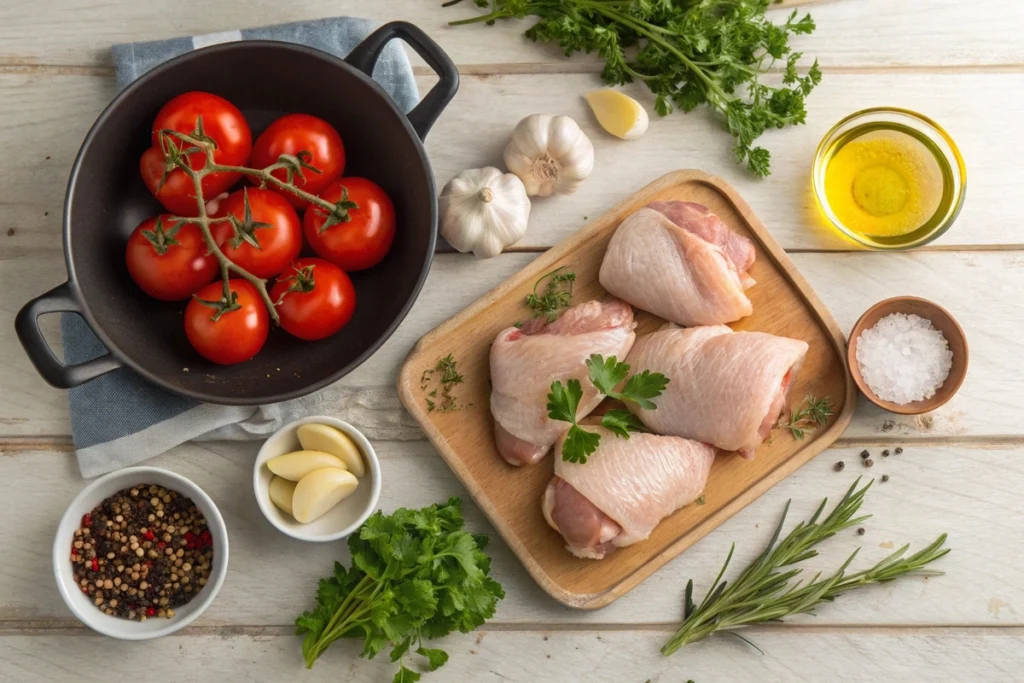
The Role of Chicken Thighs
Chicken thighs are the star of this dish, bringing a perfect balance of flavor and texture to skillet chicken thighs with schmaltzy tomatoes. Bone-in, skin-on thighs create the crispy skin you crave while ensuring the meat remains juicy during cooking. Unlike chicken breasts, thighs are forgiving and retain moisture even if slightly overcooked.
Pro tip: Look for high-quality chicken thighs with minimal added moisture or sodium to let the natural flavors shine. For more chicken recipe inspiration, check out this guide on garlic parmesan chicken.
Tomatoes: Schmaltzy and Sweet
The tomatoes in this dish serve as the flavorful backbone, transforming into a luscious, jammy sauce. Ripe, fresh varieties like cherry or Roma tomatoes work best for their sweetness and vibrant color. When paired with rendered chicken fat, or schmaltz, they develop a rich, buttery flavor that elevates the entire dish.
Don’t have fresh tomatoes? No problem! Use high-quality canned diced tomatoes as a substitute, but drain them well to prevent a watery sauce.
Seasonings and Aromatics
This dish thrives on simplicity. The aromatics—garlic and onions—meld beautifully with the schmaltz and tomatoes, creating a depth of flavor that’s hard to resist. Seasonings like freshly cracked black pepper, kosher salt, and a pinch of red pepper flakes provide balance, while fresh herbs like thyme or parsley add brightness.
Adjust seasoning to taste as you go; remember, the schmaltz amplifies the flavors, so less is often more!
Optional Add-Ins for Extra Flavor
Take your skillet chicken thighs with schmaltzy tomatoes to the next level with these optional ingredients:
- White wine or chicken broth: Adds acidity and enhances the sauce’s complexity.
- Lemon zest or juice: Brings a refreshing brightness to the dish.
- Red pepper flakes: For those who love a bit of heat, a pinch of flakes adds a spicy kick.
These extras aren’t essential, but they allow you to customize the dish to your taste, making it even more special.
Step-by-Step Guide to Cooking Skillet Chicken Thighs with Schmaltzy Tomatoes
Step 1: Prepping the Chicken Thighs
Preparation is key to nailing skillet chicken thighs with schmaltzy tomatoes. Start by patting the chicken thighs dry with paper towels—this step is essential for achieving that irresistible crispy skin. Next, generously season both sides of the thighs with salt and freshly cracked black pepper. If you like a little heat, a sprinkle of red pepper flakes can add a subtle kick.
Remember, seasoning early helps the flavors penetrate the meat while ensuring a flavorful crust. Meanwhile, let the chicken sit at room temperature for about 20 minutes to ensure even cooking later.
Step 2: Searing the Chicken
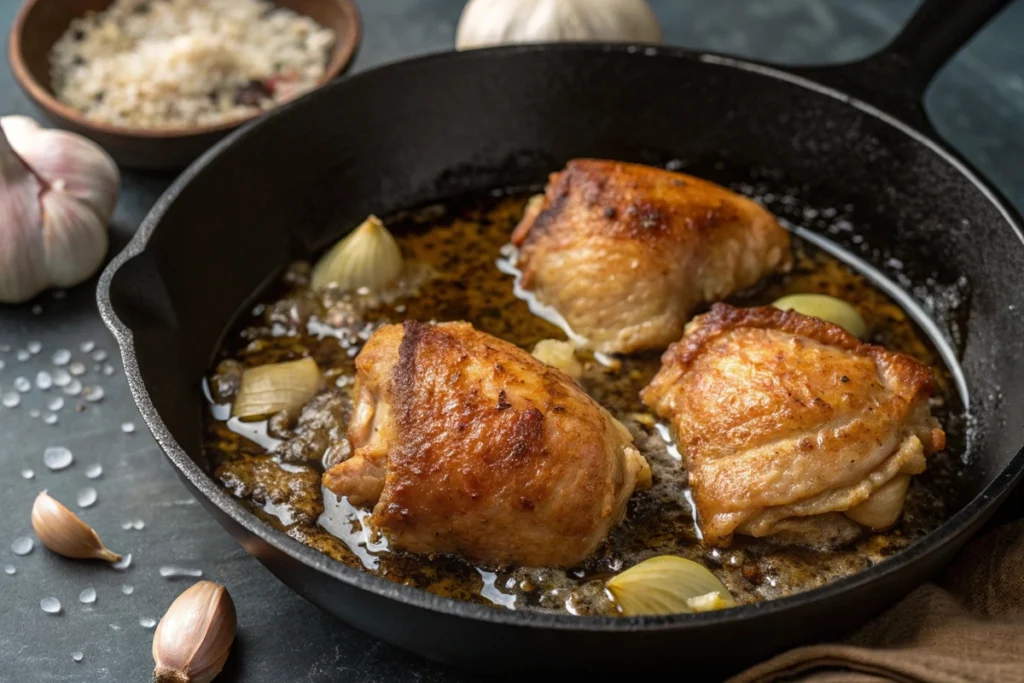
Heat a large cast iron skillet over medium-high heat and add a small amount of olive oil. Once the skillet is hot and shimmering, place the chicken thighs skin-side down. Resist the urge to move them around—let them cook undisturbed for 6–8 minutes to develop that golden, crispy crust.
You’ll know it’s time to flip when the chicken releases naturally from the skillet. After flipping, sear the other side for 4–5 minutes. By this point, the rendered fat from the chicken creates the schmaltz that gives this dish its signature flavor.
Step 3: Making the Schmaltzy Tomato Sauce
Once the chicken thighs are golden brown, remove them from the skillet and set them aside. In the same skillet, drain excess fat, leaving just enough schmaltz to coat the bottom. Add minced garlic and diced onions, sautéing until fragrant and softened.
Next, toss in the tomatoes. Stir occasionally, letting them cook down into a thick, jammy sauce. If you want to elevate the sauce, consider adding a splash of white wine or chicken broth to deglaze the pan and capture those delicious browned bits. Season with a pinch of salt and pepper, adjusting to taste.
Step 4: Combining and Finishin
Nestle the seared chicken thighs back into the skillet, ensuring the skin stays above the tomato sauce to keep it crispy. Reduce the heat to low, cover the skillet, and let the dish simmer for about 10 minutes. This step ensures the chicken cooks through while soaking up the rich flavors of the schmaltzy tomatoes.
For the finishing touch, garnish with freshly chopped parsley or thyme for a pop of color and added flavor. Serve the skillet chicken thighs with schmaltzy tomatoes straight from the pan for a rustic, family-style presentation.
Tips for Perfect Skillet Chicken Thighs with Schmaltzy Tomatoes
The Secret to Crispy Chicken Thighs
Achieving perfectly crispy chicken thighs is all about technique. To make your skillet chicken thighs with schmaltzy tomatoes stand out, start by ensuring the skin is as dry as possible before cooking. Patting it dry with paper towels helps the skin crisp up rather than steam.
Next, use medium-high heat when searing the thighs in a cast iron skillet. This allows the skin to render its fat slowly, creating the golden, crackling crust we all love. Remember, patience is key—don’t move the chicken until the skin releases naturally from the pan.
Balancing the Flavors of Schmaltzy Tomatoes
The sauce is the heart of skillet chicken thighs with schmaltzy tomatoes. To create a balanced flavor, it’s essential to start with ripe, sweet tomatoes. If your tomatoes taste too acidic, a small pinch of sugar can work wonders.
Adding aromatics like garlic and onions enhances the sauce’s depth, while a splash of white wine or chicken broth adds brightness. Herbs such as thyme or parsley bring freshness, creating a well-rounded sauce that complements the richness of the chicken.
Troubleshooting Common Mistakes
Even the best recipes can go sideways if you’re not careful. Avoid these common pitfalls when preparing skillet chicken thighs with schmaltzy tomatoes:
- Overcrowding the skillet: This traps moisture and prevents the chicken from crisping. Use a large skillet or cook in batches if necessary.
- Skipping the rest period: After removing the chicken from the skillet, let it rest for a few minutes. This helps retain its juices and prevents it from drying out.
- Using low-quality tomatoes: Bland or underripe tomatoes can result in a lackluster sauce. Opt for fresh, ripe tomatoes or high-quality canned options for the best results.
Serving Suggestions for Schmaltzy Chicken Thighs
Skillet chicken thighs with schmaltzy tomatoes pairs beautifully with a variety of sides. Here are a few ideas:

- Crusty bread: Perfect for soaking up the rich, tomatoey sauce.
- Garlic mashed potatoes: A creamy complement to the bold flavors of the dish.
- Steamed rice or quinoa: A simple, neutral base that lets the chicken and sauce shine.
- Roasted vegetables: For a complete, balanced meal, serve the chicken with roasted carrots, asparagus, or zucchini.
FAQs
How does Gordon Ramsay cook chicken thighs?
Gordon Ramsay emphasizes achieving crispy skin and juicy meat when cooking chicken thighs. He begins by seasoning the thighs generously with salt and freshly cracked black pepper. Using a hot, oven-safe skillet, he sears the chicken skin-side down in a small amount of olive oil until golden and crispy.
After flipping the chicken, he adds aromatics like garlic, fresh thyme, and butter to the pan. To finish, he places the skillet in a preheated oven at 375°F, allowing the chicken to cook evenly while soaking up the flavors of the aromatics. This method creates a dish similar to skillet chicken thighs with schmaltzy tomatoes, focusing on crispy skin and bold flavors.
What cooking method is best for chicken thighs?
The best method for cooking chicken thighs depends on your goal. For maximum flavor and crispy skin, pan-searing in a skillet is ideal. This technique locks in juices while creating a golden crust. For even cooking with minimal effort, oven-roasting is a great option. It’s particularly effective when you’re cooking larger batches.
For skillet chicken thighs with schmaltzy tomatoes, combining searing and simmering in one pan is the best approach. It ensures the chicken thighs are flavorful and tender while infusing the schmaltzy tomato sauce with richness.
How to get more flavor in chicken thighs?
To make chicken thighs even more flavorful, focus on seasoning, cooking techniques, and additional ingredients:
- Season generously: Salt, pepper, and spices like smoked paprika or garlic powder enhance the natural flavor of chicken.
- Marinate: A simple marinade with olive oil, lemon juice, garlic, and herbs adds depth.
- Cook with schmaltz: Using rendered chicken fat, as in skillet chicken thighs with schmaltzy tomatoes, amplifies the dish’s richness.
- Use aromatics and herbs: Ingredients like garlic, onions, thyme, and parsley infuse the chicken and sauce with savory, herbaceous notes.
The key is to layer flavors throughout the cooking process for the most satisfying result.
Is it better to bake or pan-sear chicken thighs?
Both methods have their advantages, but the choice depends on the dish you’re preparing. Pan-searing is ideal for creating crispy skin and caramelized flavors, making it perfect for recipes like skillet chicken thighs with schmaltzy tomatoes. Baking, on the other hand, is a hands-off method that ensures even cooking and works well for larger quantities.
For this recipe, pan-searing the chicken thighs first helps render the fat, creating the schmaltz that enhances the tomato sauce. Simmering the chicken in the skillet afterward locks in moisture and melds all the flavors together.
Conclusion
Skillet chicken thighs with schmaltzy tomatoes is a dish that checks all the boxes—rich, flavorful, and incredibly easy to make. The crispy, golden chicken thighs combined with a luscious tomato sauce infused with schmaltz create a meal that feels indulgent yet approachable.
Now it’s your turn! Grab your skillet, gather your ingredients, and bring this recipe to life. And don’t forget to pair it with a side of crusty bread or creamy mashed potatoes for a complete and satisfying meal. If you’re looking for more inspiration, check out our other delicious one-skillet recipes to keep the creativity flowing in your kitchen!

